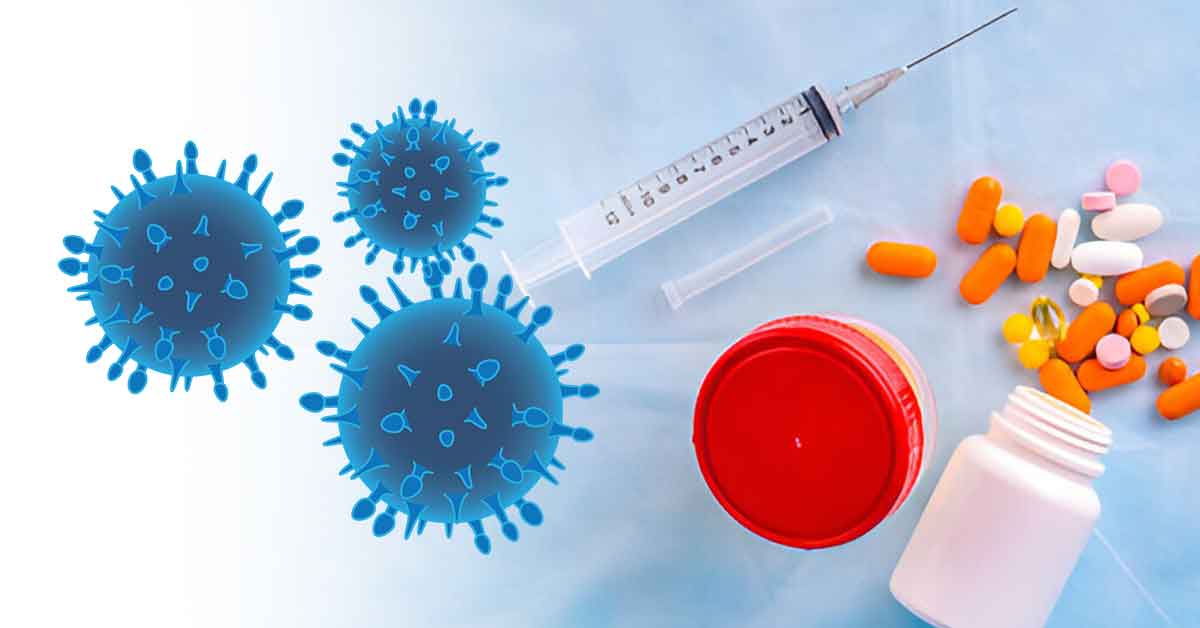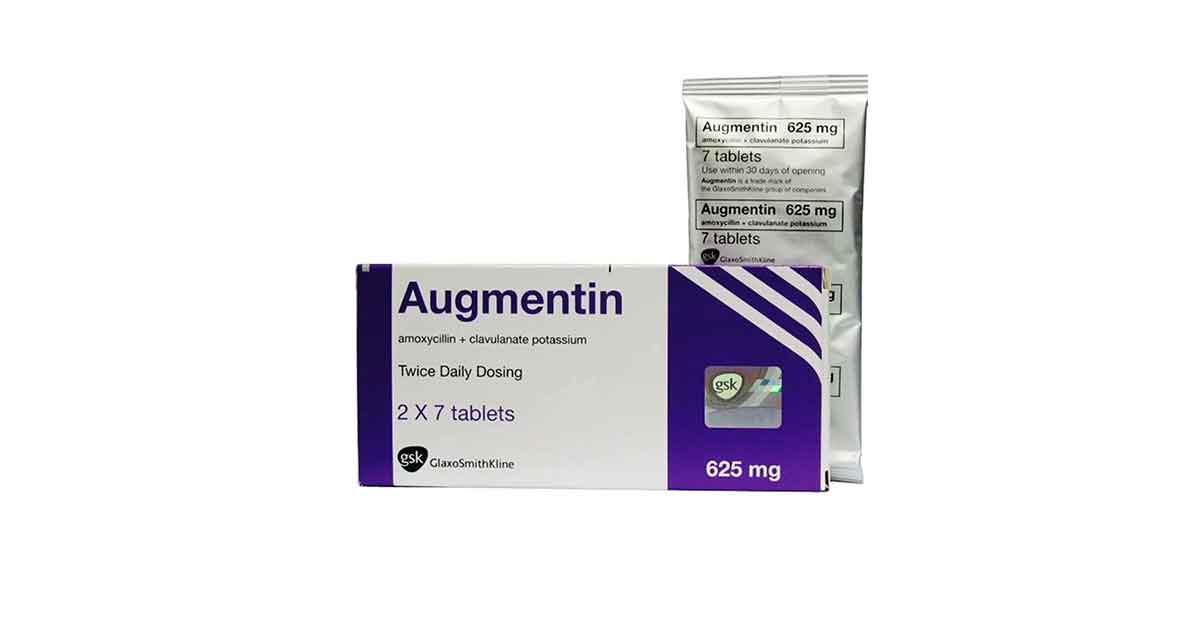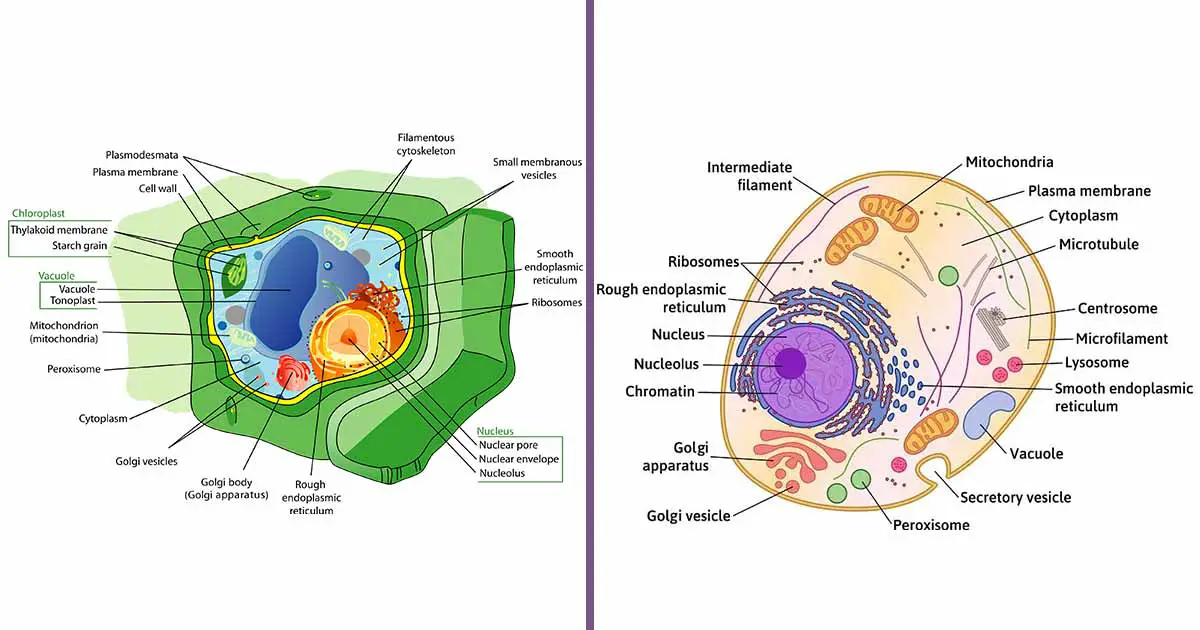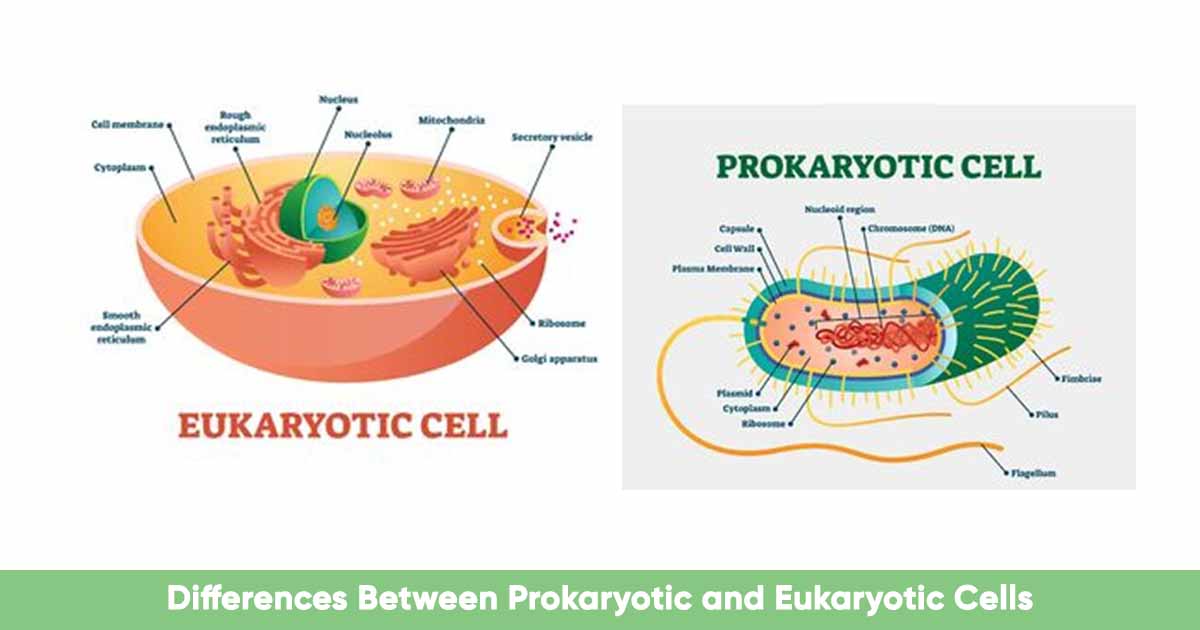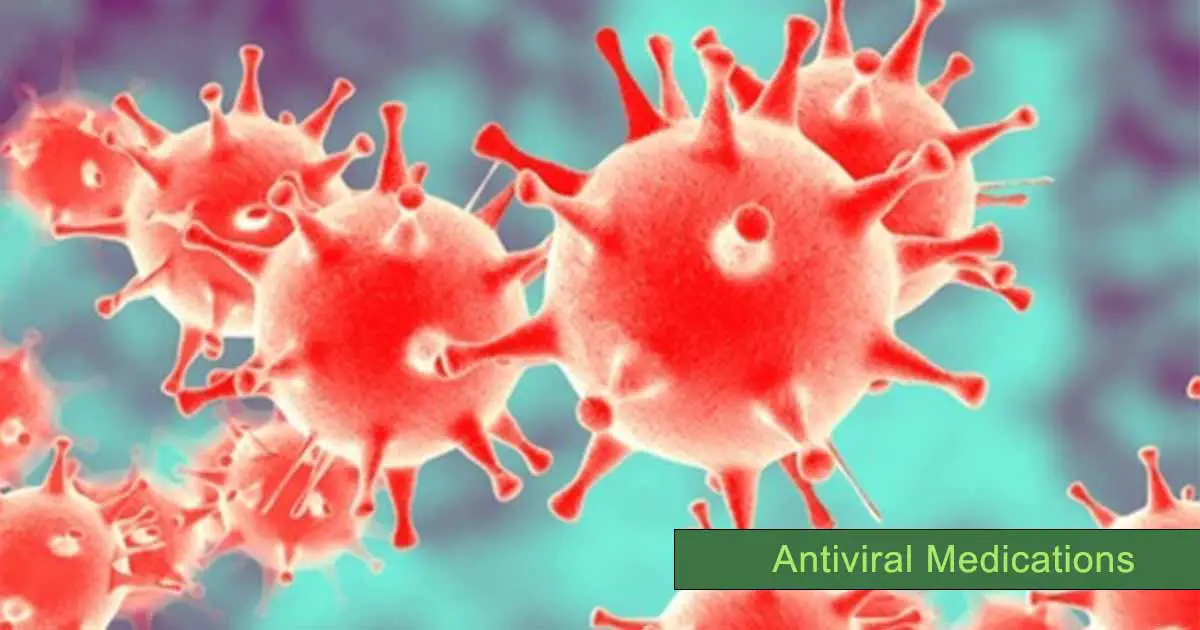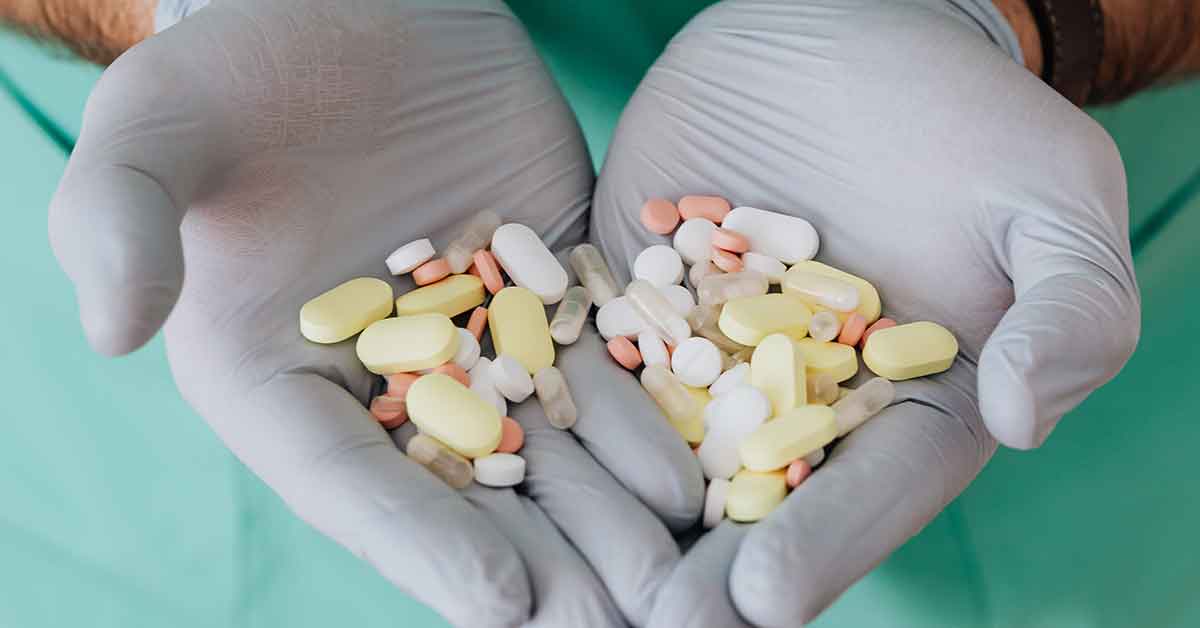Major Antifungal Agents Classification: Indication, Mechanism of Action, Side Effects
Fungal infections are caused by microorganisms that attack the epithelial tissue. They obtain their food from the environment, just like animals (heterotrophic). Some fungi can be beneficial, and help in biodegradation, others cause opportunistic infections when they find their way to the skin, lungs and nasal passages. The fungal kingdom includes yeasts, molds, rusts, and … Read more

